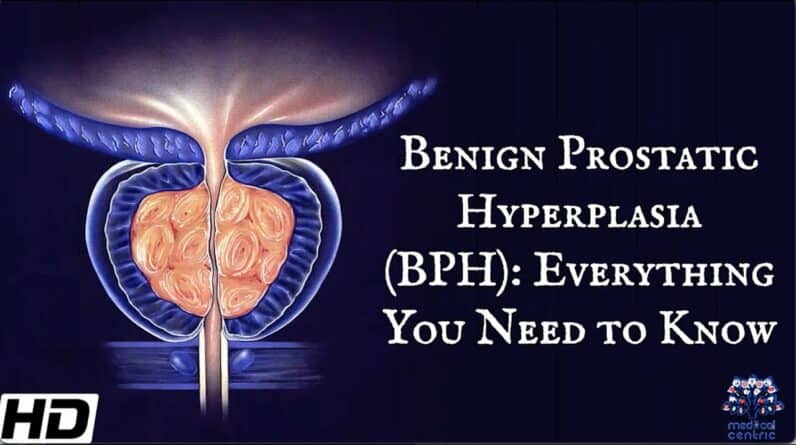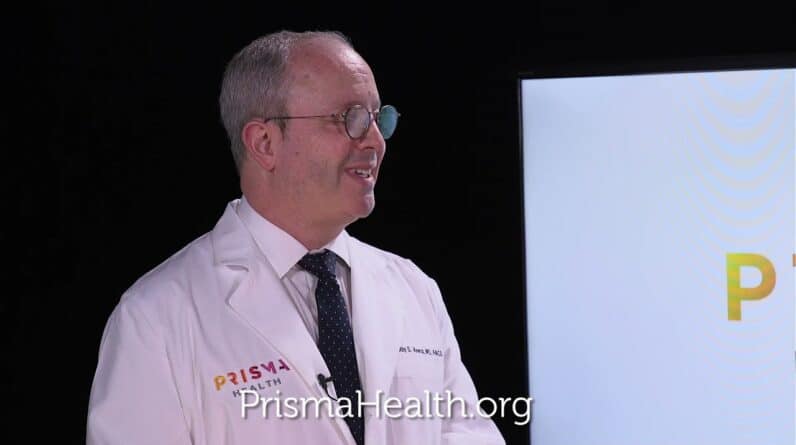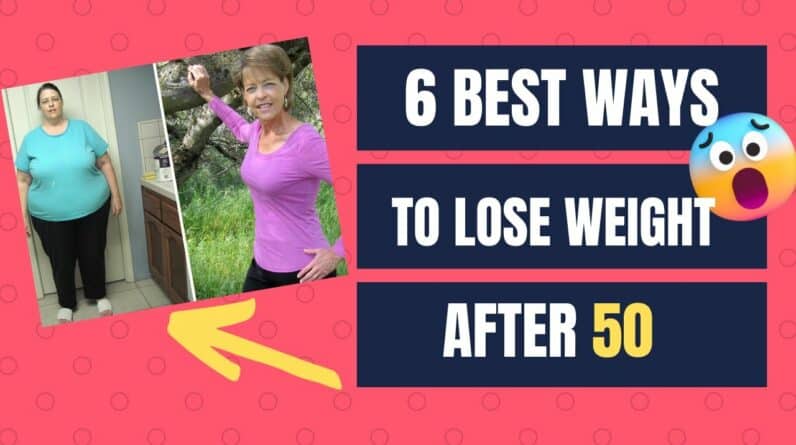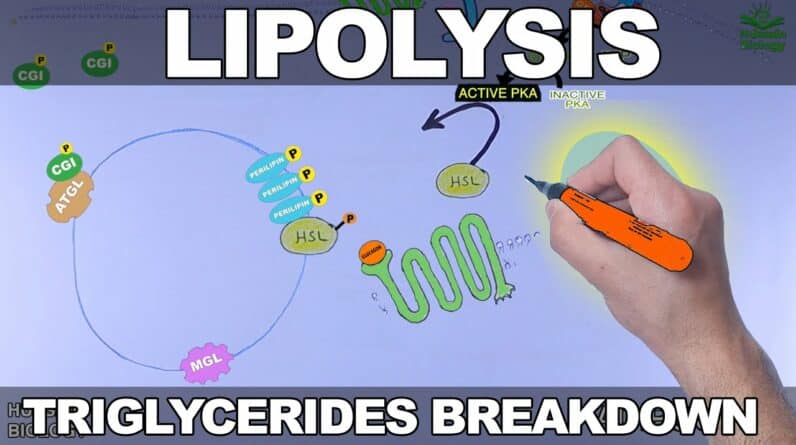
Dementia Discovery That is Leaving Doctors Speechless (Try This Tonight)
Better than Morphine For Joint Pain… Yet Safer Than Aspirin?
Retire With Freedom. Start Earning Extra Cash Today.
Exercise And Blood Pressure Reduction – What You Should Know
In the United States, approximately 1 in 5 adults has high blood pressure. It’s a serious concern for many, but there are steps you can take to reduce your risk of high blood pressure. This article will explain how exercise helps to reduce blood pressure and tips for making exercise part of your daily routine.
Chronic high blood pressure is a leading cause of cardiovascular and stroke disease in the United States. With exercise, you can reduce your risk of these diseases.
Exercise And Blood Pressure Reduction – How Exercise Affects Blood Pressure
Exercise has shown to have various effects on blood pressure levels. It can lower your resting heart rate, as well as the time it takes for your heart to recover after a workout. Both of these improvements are related to lower blood pressure because they contribute to a decrease in overall wear and tear on the heart. Therefore, exercise will naturally make it easier for you to get better workouts and feel healthier longer in your life.
However, there are also specific changes in your body that account for lowering your blood pressure. Exercise doesn’t just increase the volume of blood flow in your arteries. It also changes the shape of the arteries. Typically, arterial walls are thick and hard with narrow passageways through them. However, when you’re more active, they become less stiff so it’s easier for blood to flow through them.
There aren’t huge differences between exercise in general and cardiovascular exercise as far as effects on the heart are concerned. It helps to remember that following a healthy diet and getting enough rest is equally important for your cardiovascular health and overall fitness level.
Studies show that an individual’s response to exercise can vary widely depending on various factors. The best thing you can do is to start exercising safely by talking with your doctor about it. Engage in a healthy debate about what type of exercise you should be doing and how frequently. It’s quite possible that personal factors like body size, current activity levels, fitness level, and baseline blood pressure will affect recommendations.
Here are some exercises you can do to reduce your blood pressure.
1. Take a walk in the middle of the day.
2. Walk at least 30 minutes a day, five days a week (about 20 minutes total per day).
3. Perform aerobic exercise for at least 20 to 30 minutes every day, such as running, biking, or swimming.
4. Try to get at least 30 minutes of moderate-intensity physical activity every day, such as fast walking or jogging on flat surfaces (not on steep hills).
5. Get at least two hours and 30 minutes of moderate-intensity aerobic exercise every week. This is the amount of activity that most Americans need to reach the federal physical activity guideline for aerobic activity. For most people, this means getting a little more exercise each day by walking faster or taking stairs instead of elevators.
6. Try not to sit for more than one hour at a time; walk around every hour if possible, even if only for 15 minutes.
7. Buy a pedometer (a wearable device that counts steps) and use it to track the number of steps you take throughout the day.
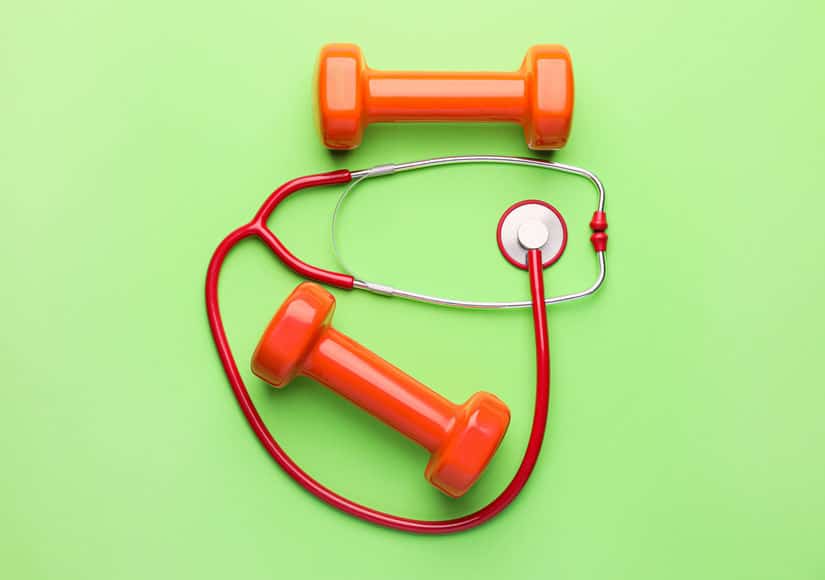
Exercise And Blood Pressure Reduction – Tips for Exercise and Blood Pressure
You are at less risk of high blood pressure if you exercise often throughout the week and also limit stress. To maintain healthy blood pressure, these simple guidelines may help:
1. Eat a healthy diet with plenty of fruits, vegetables, whole grains, nuts, fish, and low-fat dairy products. This will help you feel full so your body doesn’t need to eat as much when you are active.
2. Limit your intake of saturated fats and refined carbs, and eat less salt.
3. Avoid obesity; try not to gain weight as you age. It can lead to high blood pressure.
4. Limit alcohol, especially beer or wine, to one drink a day for men (one drink is 1½ ounces of hard liquor or 12 ounces of beer).
5. Avoid tobacco, which is related to high blood pressure.
6. Take your medication as prescribed by your doctor.
7. Get a full night’s sleep every night and maintain a healthy weight (within 10 pounds of your ideal body weight).
8. Be patient; it can take time to change your lifestyle and modify your diet to make changes to your blood pressure.
Exercise And Blood Pressure Reduction – Additional Resources
You can learn more about exercise and blood pressure reduction by visiting the Mayo Clinic article here.
Disclaimer: The information in this article is intended for educational and entertainment purposes only and should not be used instead of or contrary to that of a medical professional. Before taking supplements, starting a new diet, or embarking on a new exercise regime please consult a medical or nutritional professional. The owners of “Getting Healthy After 50” are not medical professionals and are simply redistributing information that is freely available on the internet.

